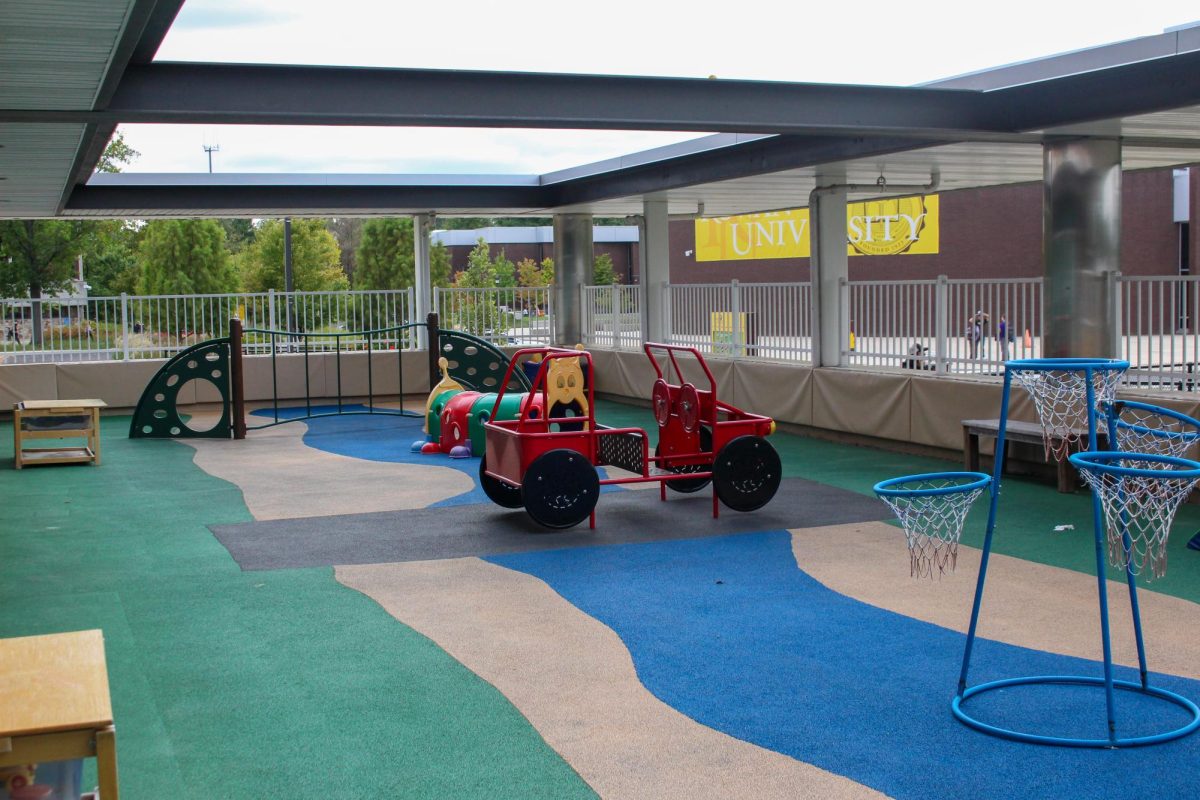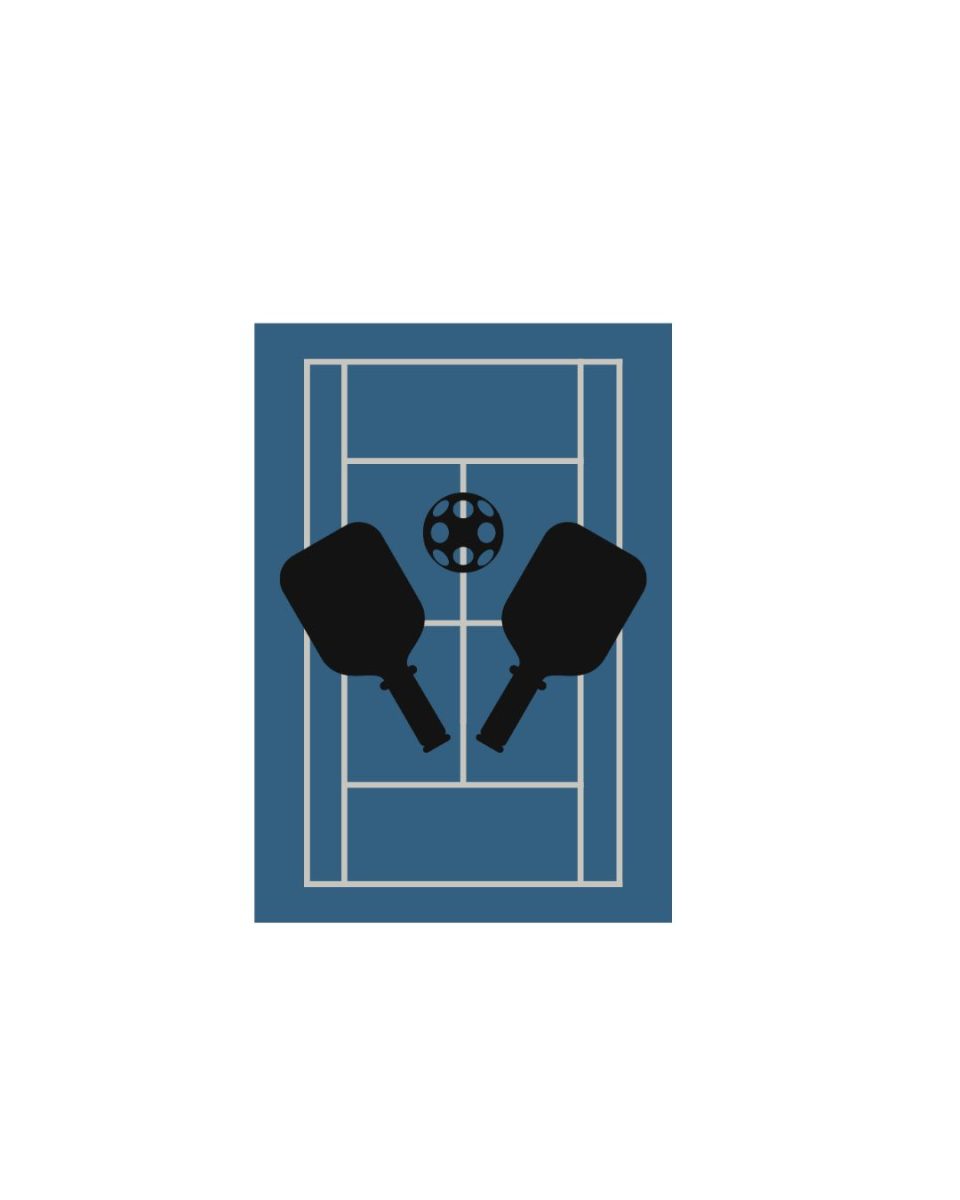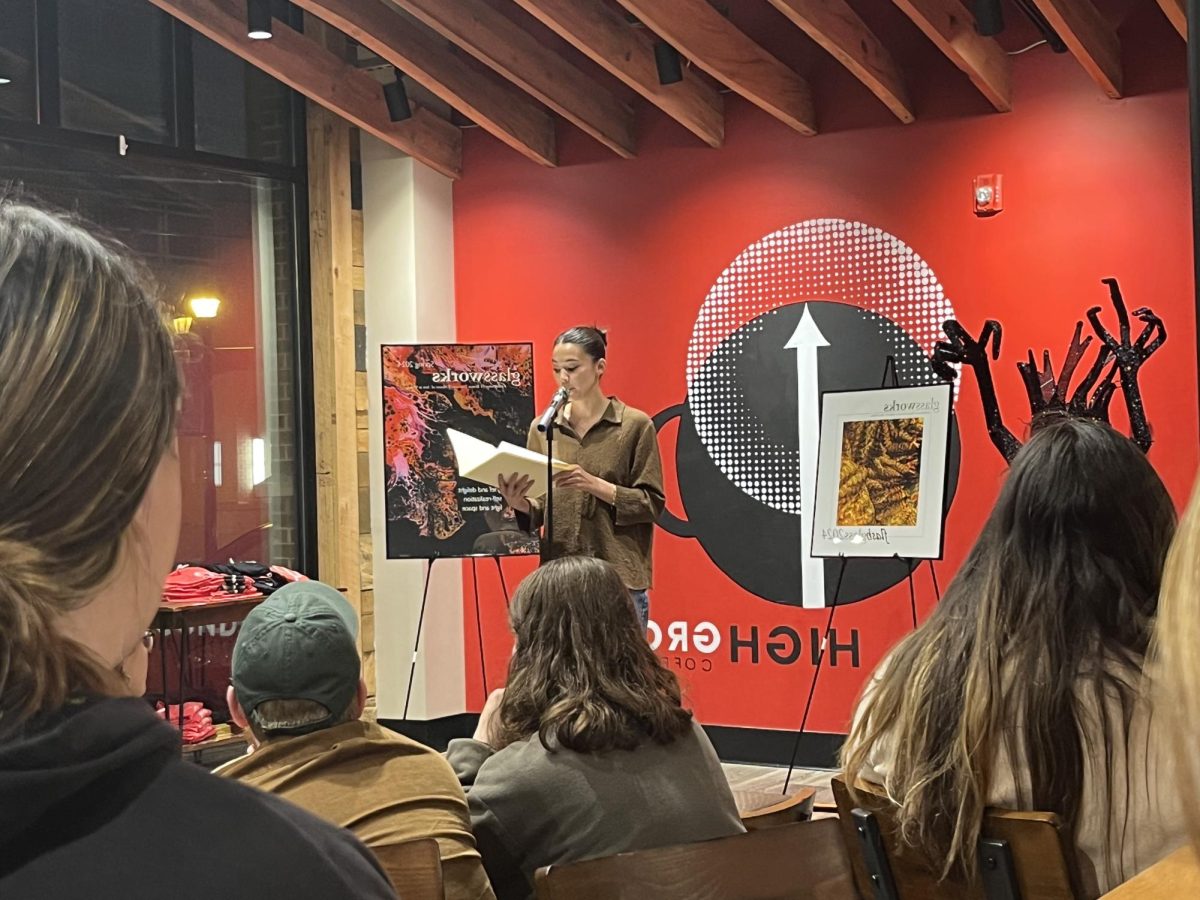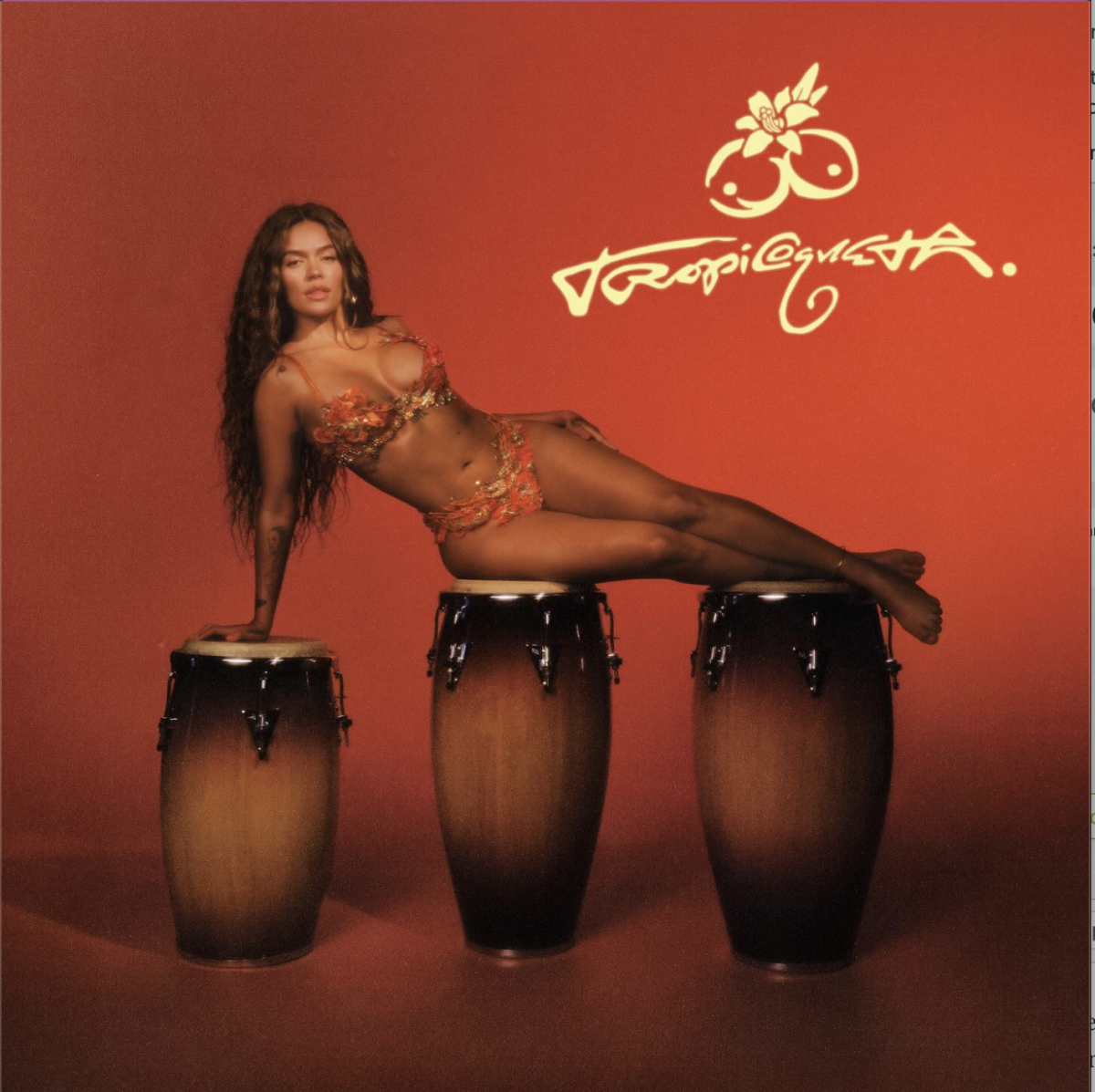Glassworks celebrated the launch of their newest issue at High Grounds Coffee Roasters on Wednesday, Oct. 23 with a lively literary reading. As students, professors, and interested outsiders shuffled into the coffee shop, the room filled up with people eager to hear some powerful pieces by featured writers.
Glassworks is a literary publication of Rowan University’s MA in Writing graduate program and publishes a new issue twice a year, coinciding with each class of student editors in the Editing the Literary Journal course. Each new issue of Glassworks features prose, poetry, non-fiction, and artwork from authors all over the world looking to share their work. Editors at Glassworks sift through hundreds of submissions during the semester to find the best pieces of writing to publish.
“It can be really hard, we get a lot of really great stuff,” Glassworks Editor-in-Chief Katie Budris said. “It’s a matter of learning what pieces have a lot of potential versus what is ready to go.”
Although a majority of Glassworks editors are Rowan students, Glassworks does not accept submissions from Rowan students or faculty. However, Writing Arts seniors are welcome to join the course as an editor. Other than that, anyone is welcome to submit their work for publication.
“I think it’s so empowering for students to be involved in the literary world outside of Rowan,” Budris said. “Seeing my students go on to publish their own work in other literary magazines, and knowing how their work with Glassworks helped prepare them for that, it’s my favorite thing about my job.”
The 29th issue of Glassworks was published on Oct. 1 with themes of “mirrors, motherhood, myth and modernity”, according to the front cover. The issues can be purchased or found online at Glassworks’ site.
The first of the two to read was Kale Choo Hanson, a Philadelphia writer and editor who has been featured in multiple literary magazines such as the Peatsmoke Journal. One of her pieces, “Miss October 1976,” tells a story of family struggles and the peculiar way they were solved. After going to an antique store and finding a picture of “Miss October 1976,” the spirit of the woman haunts the family, mixing themes of motherhood and myth.
“The hauntings returned, but now, they were sweet. The trashcan nudged closer to the counter to catch a falling potato peel, our clothes already warm when we dressed in the winter,” said Hanson when reading an excerpt from “Miss October 1976.”
The other featured writer, Caroline Miller, is a poet and essayist whose work has been in many publications. In 2022, her essay “Mosaic” was selected for the Notable Essays and Literary Nonfiction list in the Best American Essays. She read pieces that mostly centered around the concept of space with flashy descriptions like stars as “a crowded cosmic crane” or “a haze of luminous matter.” She said that her biggest inspiration for writing comes from life experiences and concepts she finds interesting and combines the two to make her writing more symbolic.
“I was obsessed with space as a kid,” Miller said. “I tend to get stuck on things and I will write about something in a poem and it will keep coming back up, even in my other poems.”
For her, the best time to write is weekend mornings when she is off of work and thinking clearly, she explained in a Q&A after the reading. Miller also stressed the importance of consistency and thinking of writing as a routine to add to daily life, noting down observations and overheard remarks from the world. She said that creativity can stem from real things, and grow into a stronger idea.
“I’m not really a fiction writer, I find it really difficult to invent people. I’m really impressed with people who have a seemingly endless repository of ideas, but it’s not as easy as that to me,” said Miller.
For comments/questions about this story DM us on Instagram @thewhitatrowan or email [email protected].
























































































































































!["Working with [Dr. Lynch] is always a learning experience for me. She is a treasure,” said Thomas. - Staff Writer / Kacie Scibilia](https://thewhitonline.com/wp-content/uploads/2025/04/choir-1-1200x694.jpg)









































